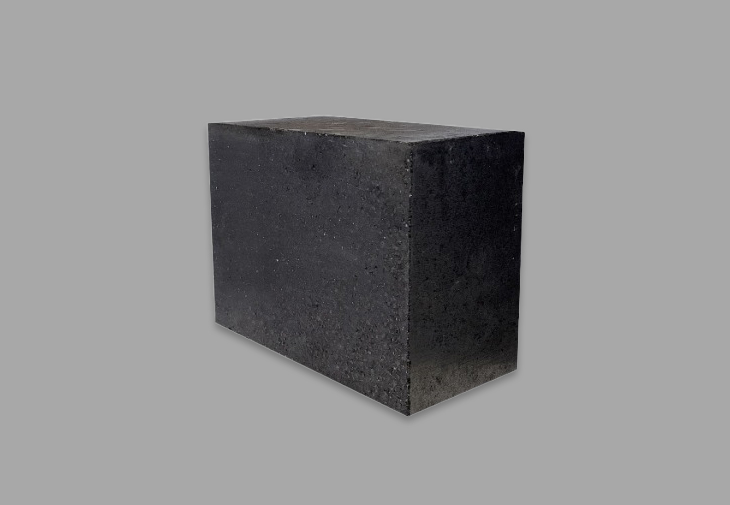
Highland Refractory’s Magnesia Carbon Brick (commonly called mag carbon brick or mgo c brick) is engineered for extreme industrial conditions, with critical specs that outperform regular magnesite bricks: MgO content ≥85% for strong slag resistance, refractoriness reaching ≥1800℃ to endure molten steel heat, cold compressive strength ≥25MPa for structural stability, and excellent thermal shock resistance (no cracks after 10 cycles of 1100℃ water quenching).
Ideal for steel converters, ladles, and secondary refining furnace linings, these magnesium carbon bricks resist molten metal scouring and chemical erosion, reducing replacement frequency by 40% compared to standard refractories. For foreign buyers and B-end users, this means fewer production shutdowns, lower maintenance costs, and reliable protection for high-value smelting equipment—making it a trusted choice for steelmaking operations.
The main raw materials of magnesia carbon bricks include fused magnesia or sintered magnesia, flake graphite, organic bonds and antioxidants.
High melting point basic oxide magnesium oxide (melting point 2800℃)
The main raw materials of magnesia carbon bricks include fused magnesia or sintered magnesia, flake graphite, organic bonds and antioxidants.
High melting point basic oxide magnesium oxide (melting point 2800℃)
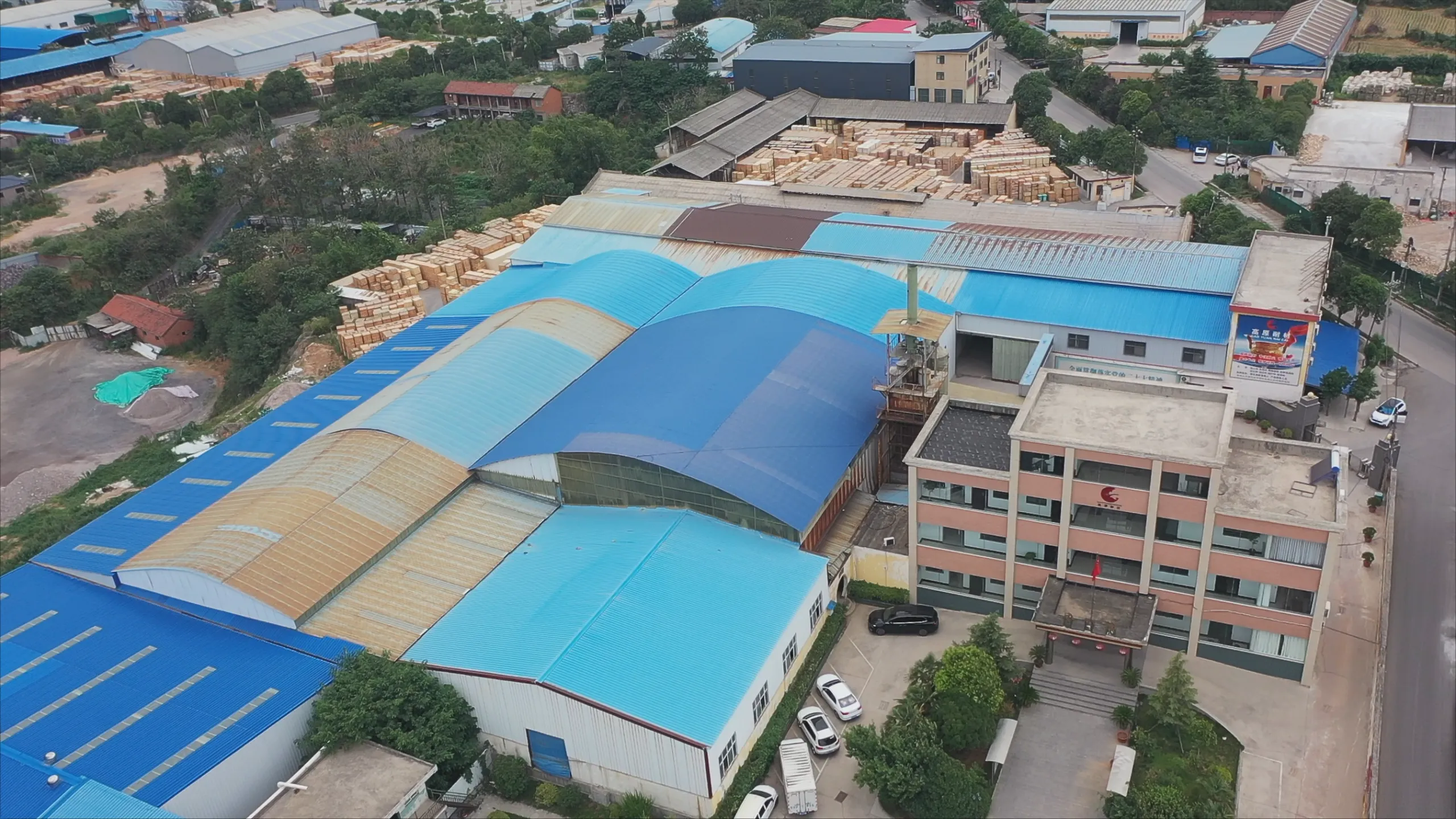
Global steelmakers and smelting plant buyers often face a critical pain: slow delivery of magnesium carbon bricks disrupts furnace maintenance or new equipment setup, leading to costly production downtime. Founded in 1990, Highland Refractory China’s leading magnesia carbon brick manufacturer fixes this with 1,100 skilled workers and complete production lines for magnesium carbon bricks, magnesia carbon refractory, and related refractories. We can quickly fulfill bulk or urgent orders, whether for standard magnesite carbon bricks or specialized magnesia carbon refractory. Our efficient production ensures on-time delivery, eliminating “long lead time” worries and keeping your steelmaking operations on track.
Contact us
Many terminal users (e.g., steel converter operators) struggle with two issues: off-the-shelf magnesium carbon bricks can’t fit irregular furnace linings (like ladle mouths or converter bottoms), and sourcing castables, high-alumina bricks, and magnesia carbon refractory from multiple suppliers wastes time. Highland solves both. We customize magnesium carbon bricks to your exact drawings—adjusting sizes, MgO content, and carbon ratios—and offer one-stop supply of all your refractory needs. This means no more “mismatched bricks” or “multi-vendor coordination,” as our magnesite carbon bricks and complementary materials perfectly align with your smelting equipment.
Contact us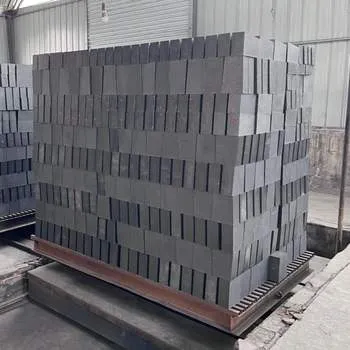
Overseas clients often face a dilemma: European/American magnesium carbon bricks ensure quality but are overpriced, while uncertified magnesia carbon refractory risks slag penetration or short service life. Highland resolves this. Our magnesium carbon bricks and magnesite carbon bricks hold strict quality certifications (meeting global steelmaking standards) and offer stable performance—MgO content ≥85%, refractoriness ≥1800℃. Better yet, our prices are 25-30% lower than Western brands. This “certified quality + competitive pricing” combo eliminates “quality doubts” and “high cost” worries, making us a trusted partner for smelting industries.
Contact usTo solve foreign buyers’ worries about parameter mismatches with kiln conditions, Highland Refractory’s Magnesia Carbon Brick provides clear, detailed specs that outperform regular magnesite bricks. As a premium mag carbon brick (also called mgo c brick), it offers graded MgO content: ≥85% for standard grades (ideal for general smelting) and ≥88% for high-purity grades (for severe slag erosion zones). Its refractoriness reaches ≥1800℃, easily withstanding molten steel heat, while cold compressive strength is ≥25MPa (standard) and ≥30MPa (high-purity). It also has excellent thermal shock resistance—no cracks after 10 cycles of 1100℃ water quenching. These precise parameters let you quickly confirm if it fits your kiln’s thermal and mechanical requirements.
End-users like steel converter operators often struggle with ill-fitting bricks that require costly equipment tweaks. Highland addresses this with versatile sizing for Magnesia Carbon Brick: standard options include 230×114×65mm, 230×114×32mm, and 114×114×65mm—compatible with most conventional smelting equipment using mag carbon brick. More importantly, we support full customization: based on your kiln’s structural drawings (e.g., wedge-shaped bricks for steel ladle slag lines, curved bricks for converter bottoms), we produce Magnesia Carbon Brick with size tolerance controlled within ±1mm. This ensures seamless integration, eliminating the need to modify your equipment and solving “mismatch” pain points.
To resolve “temperature-scene mismatch” doubts, Highland clarifies the optimal use of Magnesia Carbon Brick. It performs stably in 1600-1800℃ environments: in steel converters, mgo c brick acts as the main lining to resist molten steel scouring; in steel ladles, high-carbon Magnesia Carbon Brick (carbon content 10-15%) protects slag lines from severe erosion; in secondary refining furnaces, low-carbon variants (carbon content 5-8%) reduce carbon pickup in molten steel. Unlike ordinary magnesite bricks that peel easily at high temperatures, our mag carbon brick maintains structural integrity, making it easy for you to match it to your specific smelting scenario.
Foreign buyers often fear substandard imported Magnesia Carbon Brick, but Highland’s products ease these concerns. All our Magnesia Carbon Brick—including mag carbon brick and high-purity variants—are manufactured under ISO 9001:2015 standards, covering raw material inspection (MgO powder purity testing) to finished product performance verification. They also meet European CE standards, satisfying strict EU regulatory requirements for refractories. Each batch comes with a detailed test report (including MgO content, compressive strength, and refractoriness data), ensuring consistent quality across shipments. This compliance fully eliminates “import quality doubts” for your procurement.
Highland Refractory eases foreign buyers’ international logistics worries when importing Magnesia Carbon Brick, addressing pain points like transit damage, complex clearance, and untraceable shipments. For packaging, we differentiate between regular refractories (e.g., fire bricks, high-alumina bricks) and specialized ones: regular options use 5-layer corrugated cartons (20pcs/carton) on 1200×1000mm IPPC-compliant pallets, wrapped in stretch film; while magnesium carbon bricks, magnesia carbon refractory, corundum mullite bricks, and high-alumina shaped bricks get extra PE liners to prevent collision or moisture damage—ensuring magnesite carbon bricks and magnesite bricks arrive intact.
Domestically, sealed box trucks transport goods from our factory to ports (Shanghai, Guangzhou); exports use 20ft/40ft containers optimized for bulk magnesium carbon bricks. We pre-prepare full clearance docs (commercial invoices, packing lists, certificates of origin) to avoid delays. Post-shipment, a real-time tracking link keeps you updated; transit-damaged bricks are replaced free in 5 workdays (with photos), and our 24-hour team prioritizes urgent orders—guaranteeing a hassle-free full-logistics experience for your magnesia carbon refractory procurement.
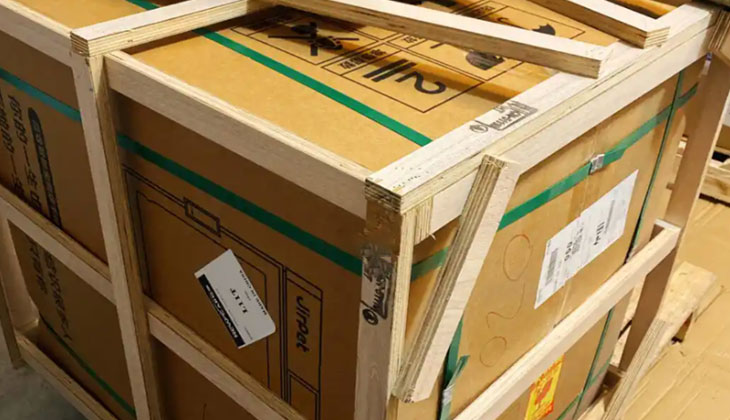
1. Domestic: 5-layer cartons (20–25 bricks) on 1200×1000mm pallets, stretch-wrapped;
2. Export: moisture-proof cartons + IPPC pallets + desiccant/labels;
3. Transport: domestic box trucks (≤60km/h), export containers (15cm gaps);
4. Loading/unloading: forklifts with pads; custom foam for irregular bricks (damage rate ≤0.5%);
Backed by decades of expertise, Highland Refractory delivers tailored refractory brick solutions across steel, cement, glass, and petrochemical industries. Trusted by global manufacturers, our products ensure long service life, efficiency gains, and cost savings—with on-site technical support to guarantee optimal performance for every client.
Metallurgical plants (e.g., steelmakers) face a key pain: steel converters, ladles, and secondary refining furnaces suffer severe molten slag erosion, making ordinary refractories wear out in 3-6 months and causing frequent shutdowns. Highland Refractory’s Magnesia Carbon Brick solves this with tailored variants: high-purity mag carbon brick (MgO ≥88%) for ladle slag lines resists slag penetration; standard mgo c brick (MgO ≥85%) lines converter bodies, enduring 1600-1800℃ heat. These magnesium carbon bricks also have strong thermal shock resistance (10+ 1100℃ water-quench cycles), extending service life to 12-18 months. This clear lets you quickly confirm they fit your smelting equipment, eliminating “frequent replacement” worries.
Chemical plants struggle with high-temperature reaction kettles and ethylene cracking furnaces—harsh conditions (1400-1600℃ + acidic/alkaline fumes) corrode ordinary bricks, leading to material contamination and production halts. Highland’s Magnesia Carbon Brick addresses this: low-carbon magnesium carbon bricks (carbon content 5-8%) avoid carbon pickup in sensitive chemical processes; high-MgO mag carbon brick (MgO ≥86%) resists acid/alkali erosion. Unlike regular refractories, these mgo c bricks maintain structural integrity in corrosive environments, making them ideal for lining cracking furnaces and molten salt reaction vessels. For chemical users, this means stable operations and no “corrosion-induced failure” risks.
Aerospace manufacturers face strict demands for engine simulation furnaces—extreme temperature fluctuations (1700-1800℃) and precise heat retention are required, but ordinary bricks crack easily, disrupting test accuracy. Highland’s high-performance Magnesia Carbon Brick meets this need: ultra-pure mgo c brick (MgO ≥90%) has a refractoriness of ≥1850℃, tolerating peak test temperatures; its low linear change rate (≤±0.3% at 1700℃×2h) ensures stable heat distribution. These magnesium carbon bricks also fit irregular furnace chambers via custom sizing, ensuring seamless lining for simulation equipment. This reliability helps you maintain test precision, solving “temperature instability” pain points.
Nuclear power plants require refractories for auxiliary high-temperature systems (e.g., coolant treatment heaters) that are stable under high heat (1200-1500℃) and low-impurity to avoid safety risks—ordinary bricks often fail these standards. Highland’s nuclear-grade Magnesia Carbon Brick is engineered for this: low-impurity mag carbon brick (heavy metal content <0.01%) meets nuclear safety regulations; its dense structure (apparent porosity ≤12%) prevents coolant leakage. These mgo c bricks also have long service lives (24-30 months), reducing maintenance frequency and radiation exposure risks. For nuclear users, this “safety + durability” combo eliminates “regulatory non-compliance” worries, ensuring system reliability.
To ease foreign buyers’ (e.g., metallurgy, chemical, aerospace, nuclear industry users) worries about opaque processes and unstable quality, Highland Refractory follows a strict, detailed workflow for Magnesia Carbon Brick. We first inspect raw materials—high-purity magnesite powder (for stable MgO content) and crystalline graphite—testing purity (MgO ≥85%) and particle size to meet magnesite bricks standards, laying a foundation for high-quality magnesia carbon refractory. Next, we use 1000-ton precision hydraulic presses to mold the mixture, ensuring uniform density; then sinter it at 1500-1600℃ to enhance heat resistance and slag resistance for magnesite carbon bricks.
Every batch undergoes rigorous finished-product testing (MgO content, cold compressive strength ≥25MPa, refractoriness ≥1800℃). Guided by ISO 9001:2015, we monitor every step (from raw material intake to final inspection) and provide a detailed test report for each shipment. This “strict production + full-process monitoring” ensures consistent quality across all Magnesia Carbon Brick products, fully eliminating doubts for importers.









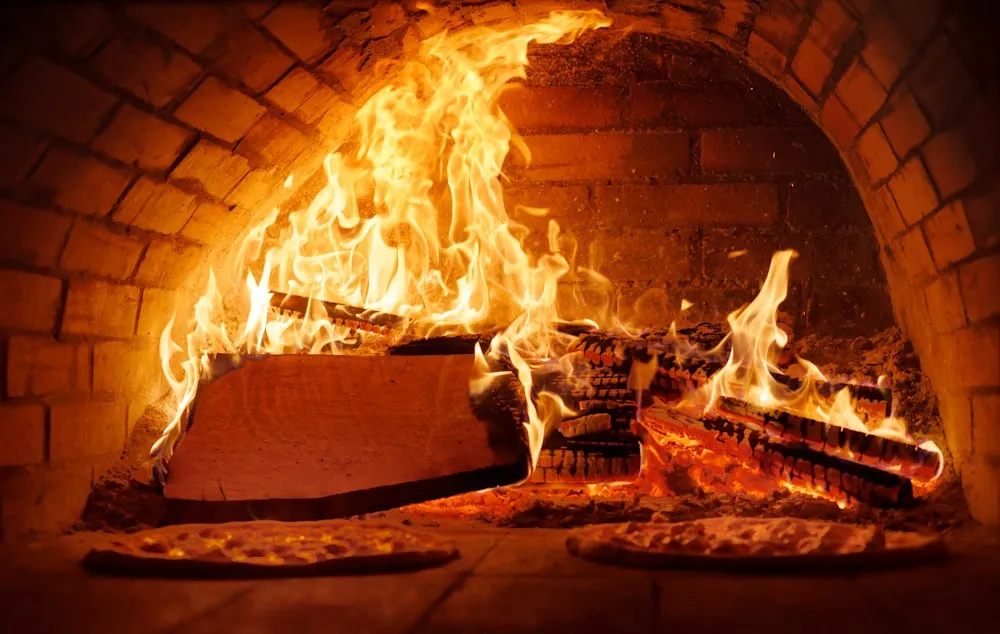
Metallurgical industry users (e.g., steelmakers) face a critical pain: steel ladles and converters endure 1600-1800℃ molten steel and severe slag erosion, making ordinary refractories wear out in 3-6 months. Highland’s Magnesia Carbon Brick addresses this perfectly—our mag carbon brick has MgO content ≥85% (up to 90% for high-purity grades) and refractoriness ≥1800℃, forming a dense barrier against slag penetration. Unlike regular bricks, this mgo c brick maintains structural integrity even under continuous molten steel scouring, extending the service life of furnace linings. For steel plants, this means fewer shutdowns for replacement and stable smelting operations.
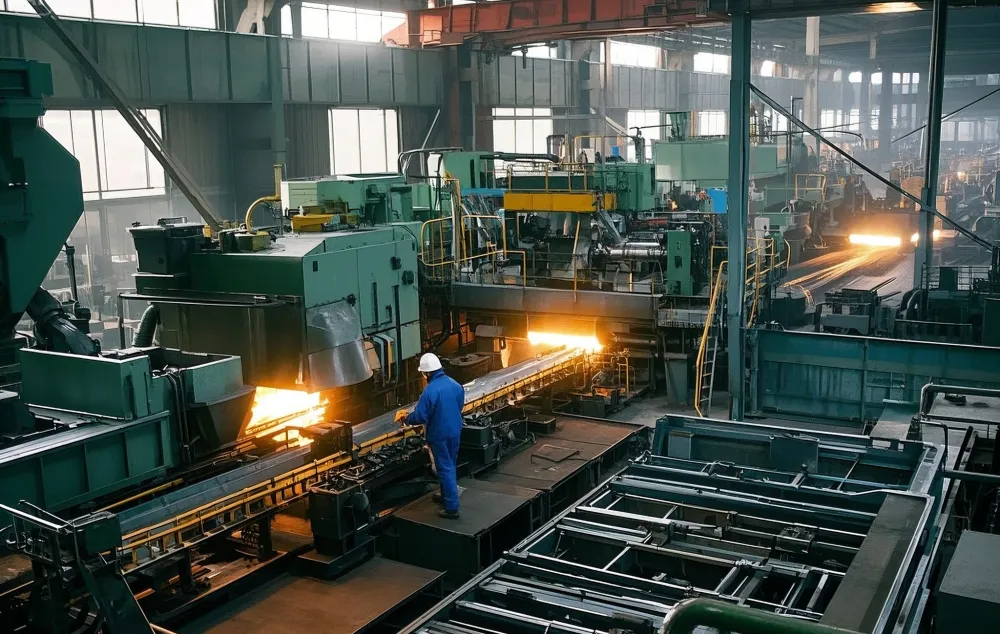
Aerospace (engine simulation furnaces) and chemical (irregular reaction kettles) users often struggle with mismatched bricks—standard Magnesia Carbon Brick can’t fit curved walls or narrow gaps, requiring costly equipment modifications. Highland solves this with fully customized magnesium carbon bricks: we adjust sizes (tolerance ≤±1mm), shapes (wedge-shaped, hole-punched), and MgO/carbon ratios based on your equipment drawings. Whether for aerospace furnace chambers or chemical reactor linings, our tailored mag carbon brick integrates seamlessly, eliminating “modification hassle” and ensuring every brick aligns with your unique equipment needs.

Nuclear power plants (auxiliary high-temp systems) and metallurgical plants suffer from frequent brick replacements—ordinary refractories last only 6-8 months, raising procurement and downtime costs. Highland’s Magnesia Carbon Brick changes this: crafted via 1500-1600℃ high-temperature sintering and reinforced with high-purity graphite, our mgo c brick extends service life to 12-18 months (even 24 months for nuclear-grade variants). This halves replacement frequency, slashing annual refractory costs by 30% and reducing unplanned shutdowns. For cost-conscious users, this “long-life” advantage turns magnesium carbon bricks into a high-value investment.
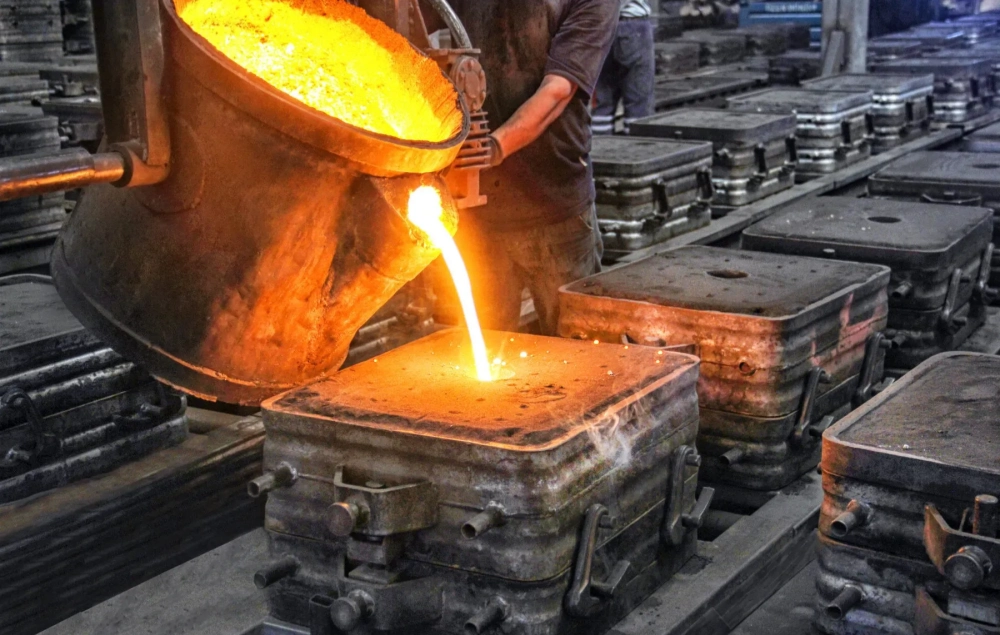
Chemical industry users (e.g., ethylene cracking furnaces) face acidic/alkaline fumes that corrode ordinary bricks, causing material contamination and production halts. Highland’s Magnesia Carbon Brick tackles this with low-carbon (5-8% carbon content) and high-MgO (≥86%) variants—our mag carbon brick’s dense structure resists corrosion from sulfuric acid, ammonia, and molten salts. Unlike regular refractories, this mgo c brick maintains chemical stability in harsh environments, ensuring no contamination of chemical processes. For chemical plants, this means consistent operations and no “corrosion-induced failure” risks, making it a reliable choice for reactor linings.
The main raw materials of magnesia carbon bricks include fused magnesia or sintered magnesia, flake graphite, organic bonds and antioxidants.
High melting point basic oxide magnesium oxide (melting point 2800℃)
Checker bricks are heat transfer media used in the regenerative chambers of blast furnaces and hot blast stoves.
High alumina poly light brick is a high quality lightweight refractory material.